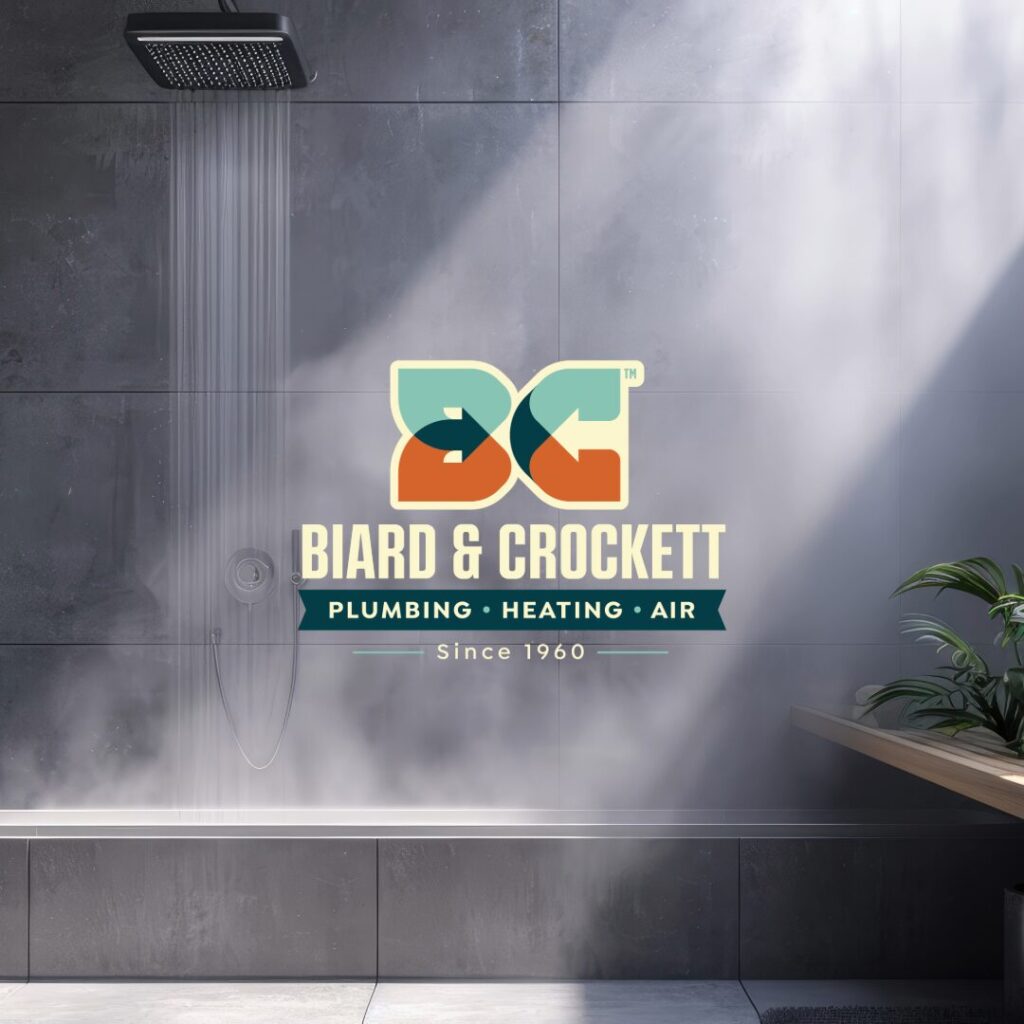When it comes to providing hot water for your home, choosing the right water heater is an important decision for homeowners in Orange County, where energy efficiency, lifestyle convenience, and reliability matter; selecting between a traditional tank water heater and a tankless system can impact both comfort and utility bills. While both options have their strengths, the best fit for your family depends on your water usage habits, budget, and long-term goals.
How Do They Work?
A traditional water heater stores and continuously heats a large tank of water—usually between 30 and 80 gallons—so it’s always ready when you turn on the tap. Once that hot water runs out, it takes time for the tank to refill and reheat, which can be inconvenient for larger families or homes with high water demands.
In contrast, a tankless water heater—also known as an on-demand heater—heats water only when needed. When a hot water tap is turned on, the system activates and rapidly heats water as it flows through the unit. Since it doesn’t rely on a storage tank, running out of hot water during back-to-back showers or laundry cycles is unnecessary.
Energy Efficiency & Operating Costs
One of the biggest advantages of tankless water heaters is energy efficiency. Because they only operate when hot water is being used, they eliminate the standby energy losses associated with keeping a full tank warm at all times. According to the U.S. Department of Energy, tankless systems can be 24%–34% more efficient than traditional models for homes that use 41 gallons or less of hot water daily.
Traditional units tend to cost less upfront, but their continuous operation may lead to higher monthly energy bills. In warm, sunny climates like Orange County—where households don’t need as much energy for heating—the difference in efficiency can still add up over time, especially for environmentally conscious families.
Installation & Space Considerations
Tankless water heaters are compact and wall-mounted, making them a great option for homes with limited space. They can even be installed in smaller closets, garages, or outside walls. This is especially valuable for Southern California homes where square footage is at a premium.
On the other hand, traditional water heaters require more room for the tank and generally need to be installed in a designated utility closet, garage, or basement. They’re bulkier and may be harder to fit into smaller or older homes that weren’t designed with modern utility systems in mind.
Upfront Costs vs. Long-Term Value
While tankless water heaters typically have a higher upfront cost, they tend to last longer than traditional units—about 20 years compared to 10–15 years for a tank system. They also require less maintenance over time and may qualify for rebates or tax incentives in certain areas. Over time, tankless systems’ energy savings and longevity often balance out the initial investment.
That said, a traditional unit may still be the right choice for families on a tighter budget or those who plan to move within a few years and may not benefit from the long-term payoff of a tankless system.
So, Which One Is Best for Your Family?
If your household has high water demand, values energy savings, and plans to stay in your home long-term, a tankless water heater is likely the better investment. However, a traditional tank water heater may still serve you well if your household uses less water or needs a more affordable installation.
At Biard & Crockett, we help Orange County homeowners evaluate their specific needs and choose the water heater solution that best suits their home, lifestyle, and budget. Whether you’re building a new home or replacing an outdated unit, our experienced plumbers will guide you through the process with transparent pricing and expert advice.
Call us today at (714) 659-6591 to schedule a consultation and find the perfect water heater for your home!

